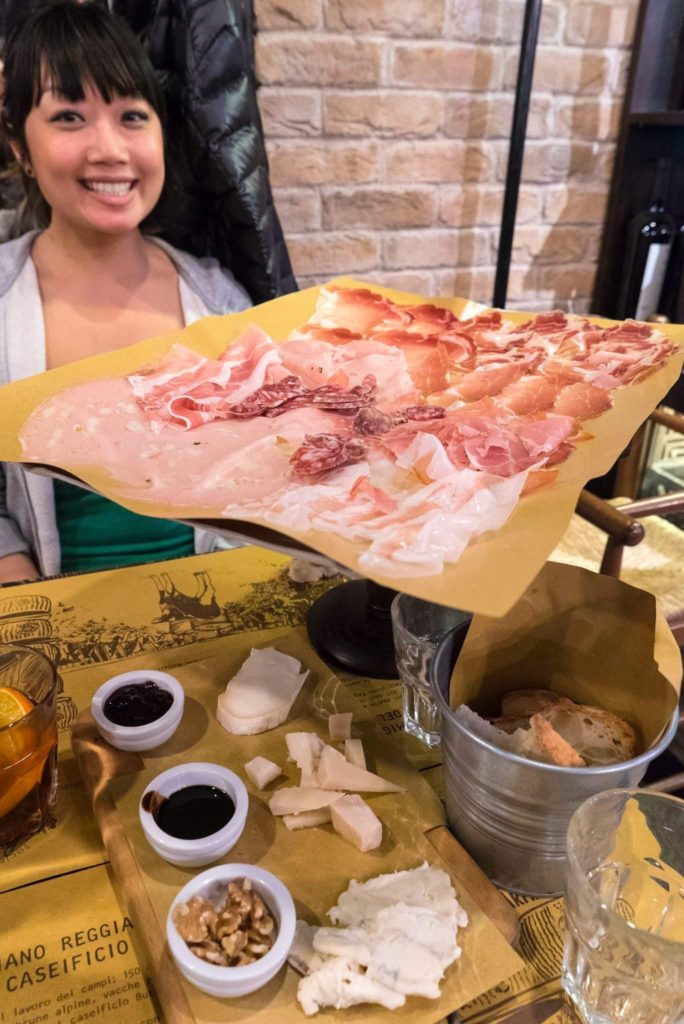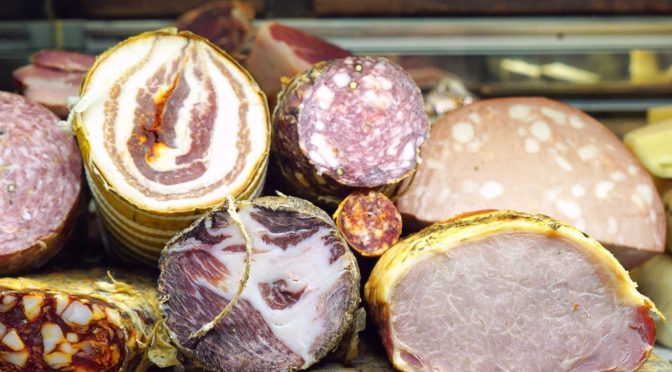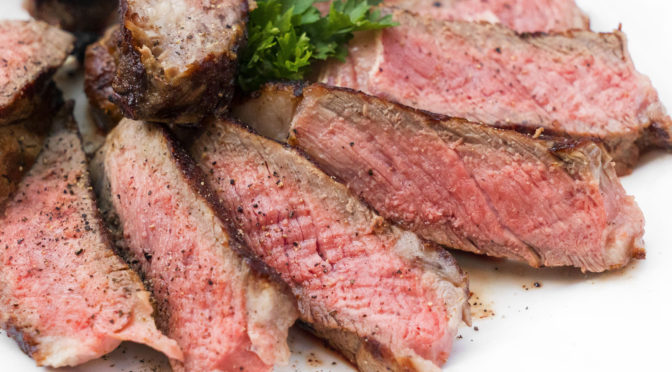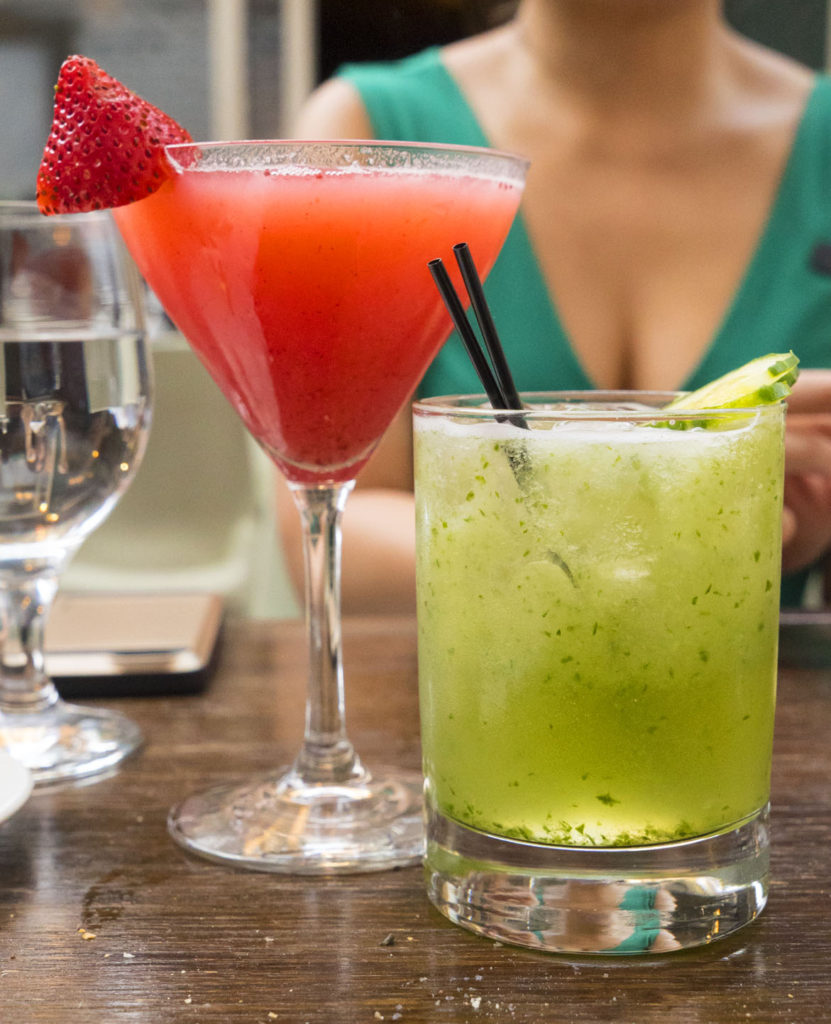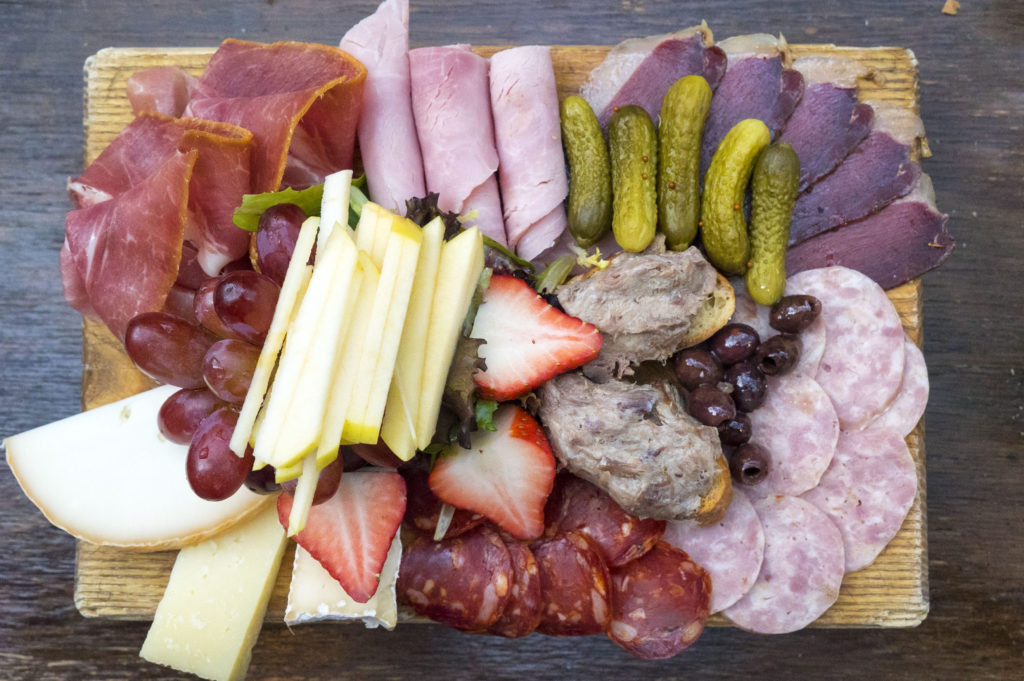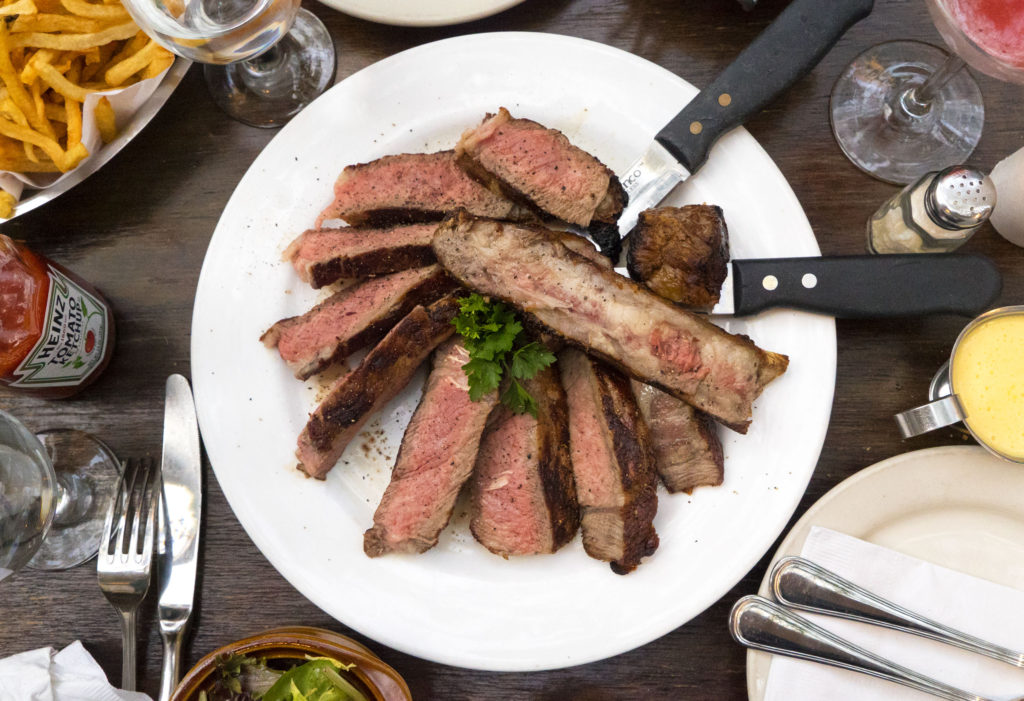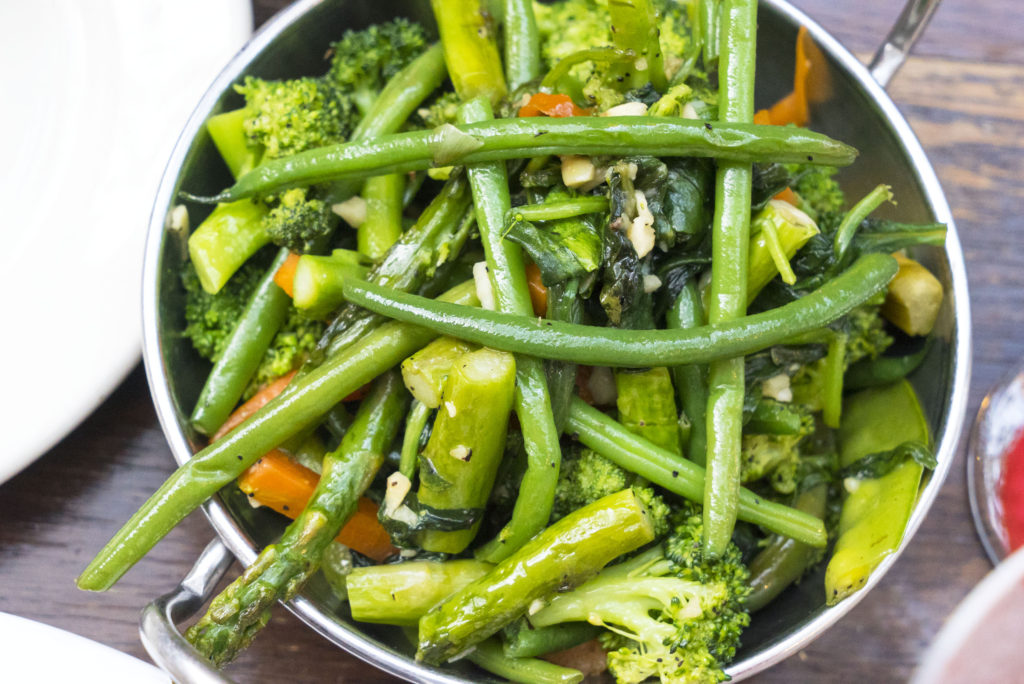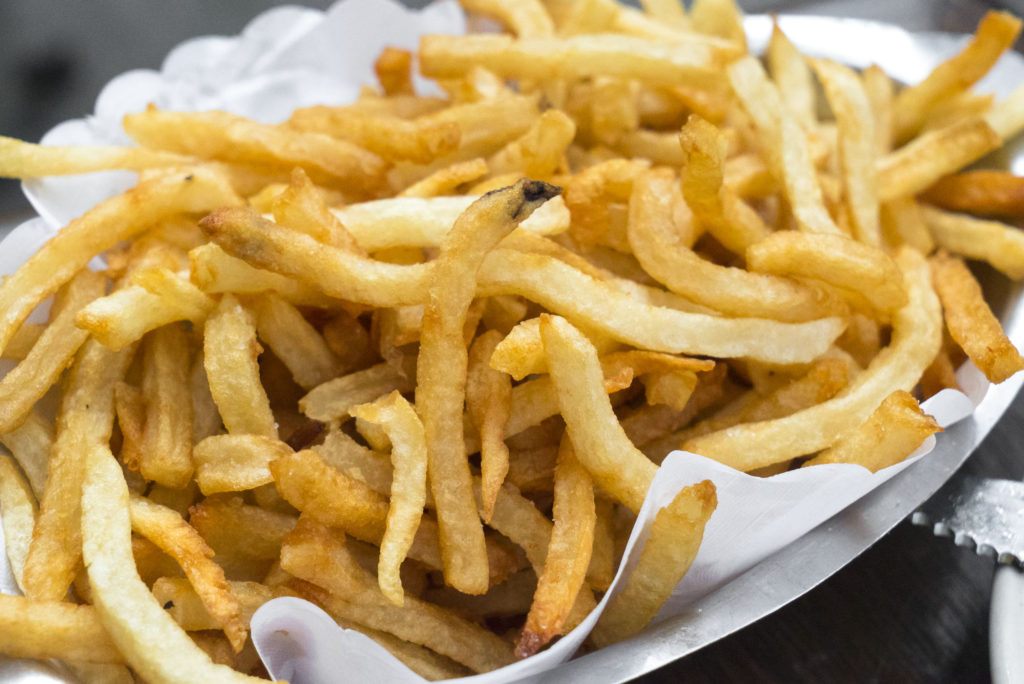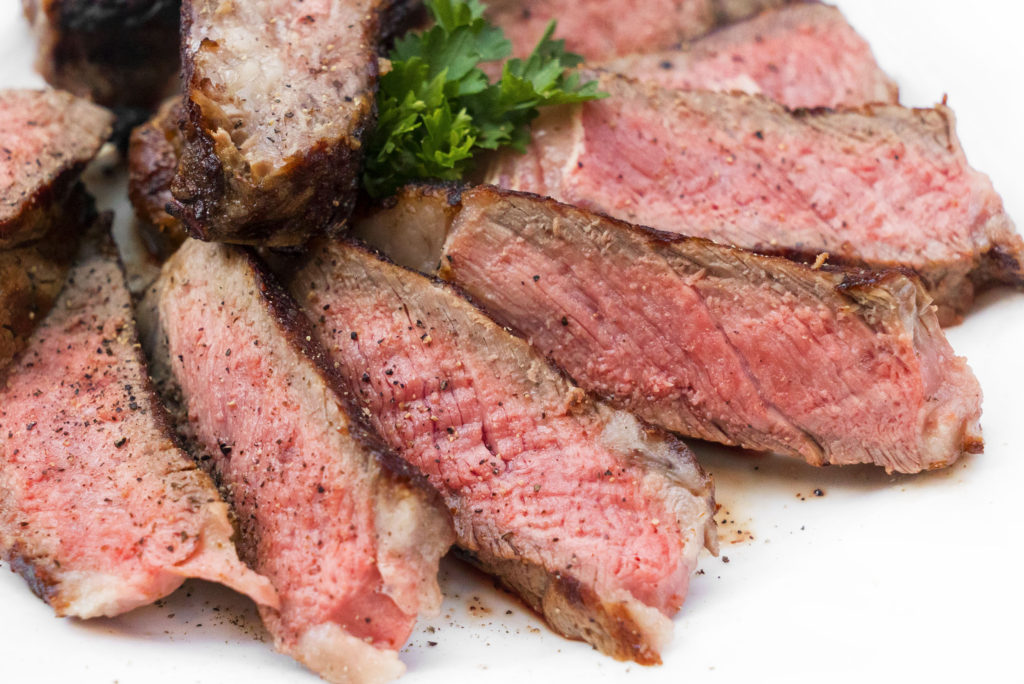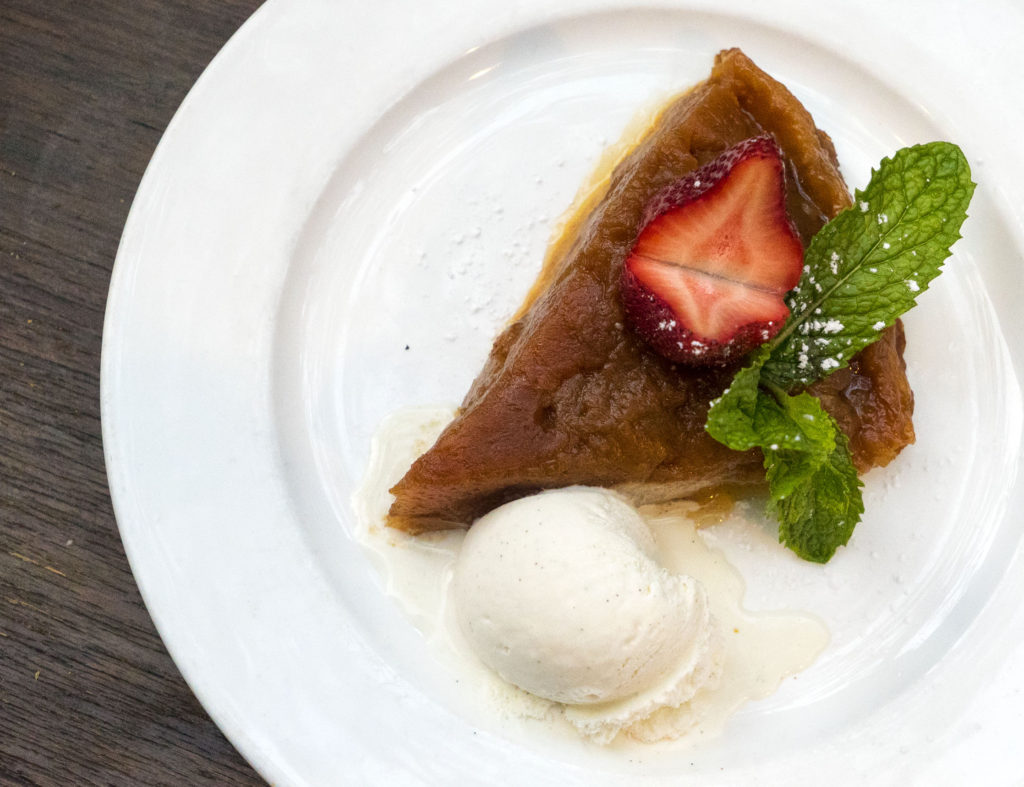A recent trip to Italy renewed my interest in, and appreciation for, all things “sliced meaty.” I thought I’d seize the opportunity, capitalize on my rekindled passion for this delicious shit, and dive a fuckload deeper into the various types of salumi with a detailed-as-balls educational post for you assholes.
Check it out you savages. This was an actual street name in Trastevere, Rome:
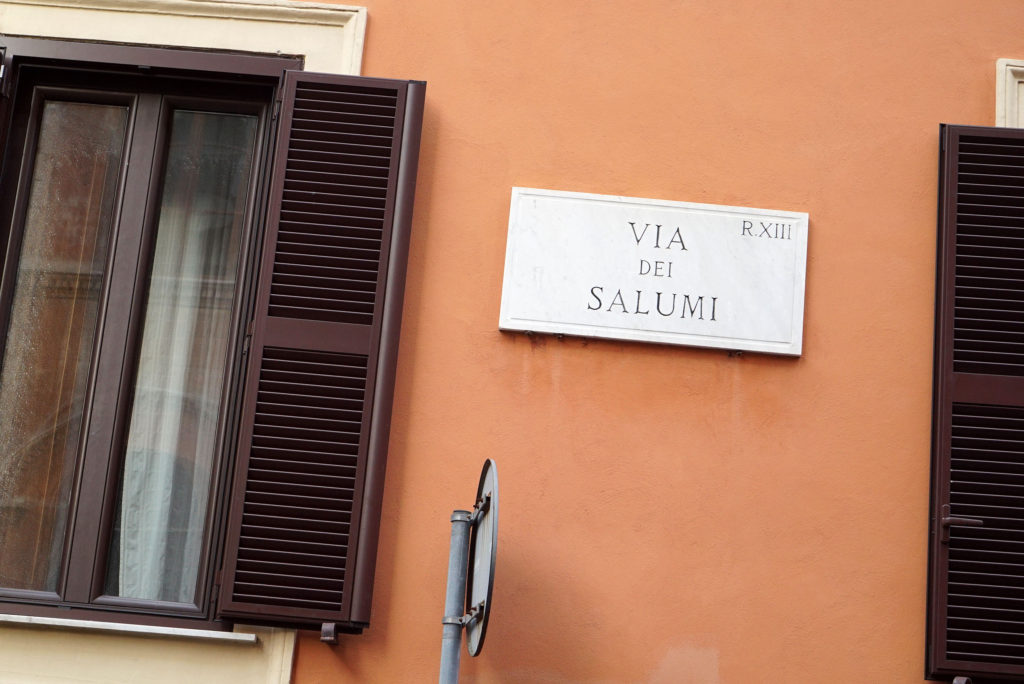
In case you’re a complete dunce, that means “Street of Salumi.” I like to call it Meat Street, if you will, which is where I’m about to take your ass right now.
So just what exactly is salumi? Generally, it’s any food product made from pig meat (usually), especially cured meats, such as salami. That’s not super explicit, and some salumi even involve beef, but essentially we’re talking Italian pork-based “cold cuts” here.
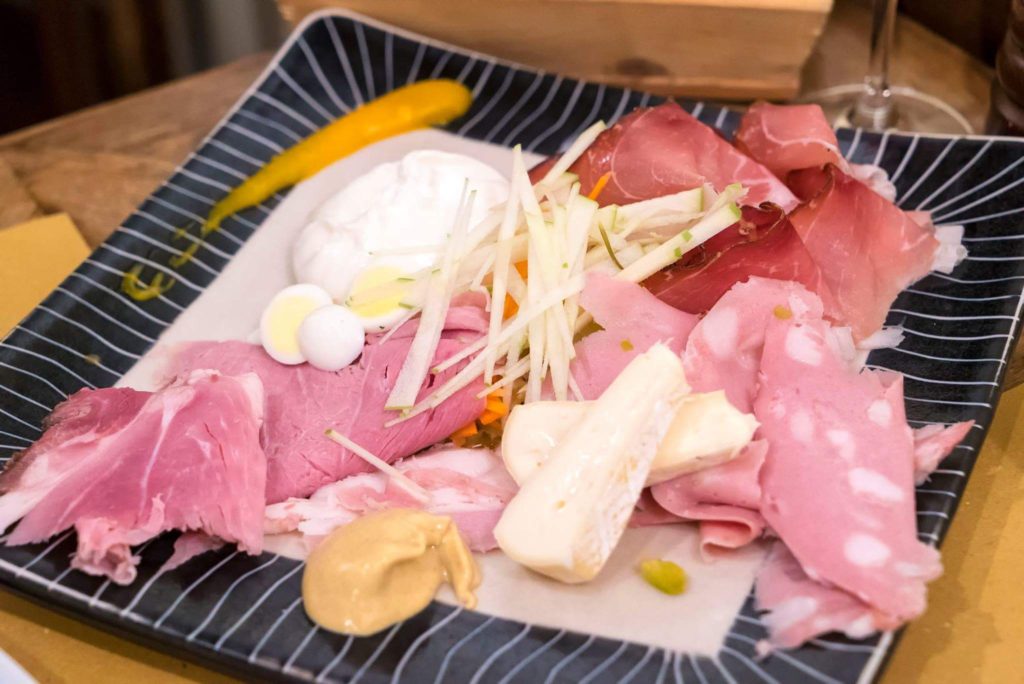
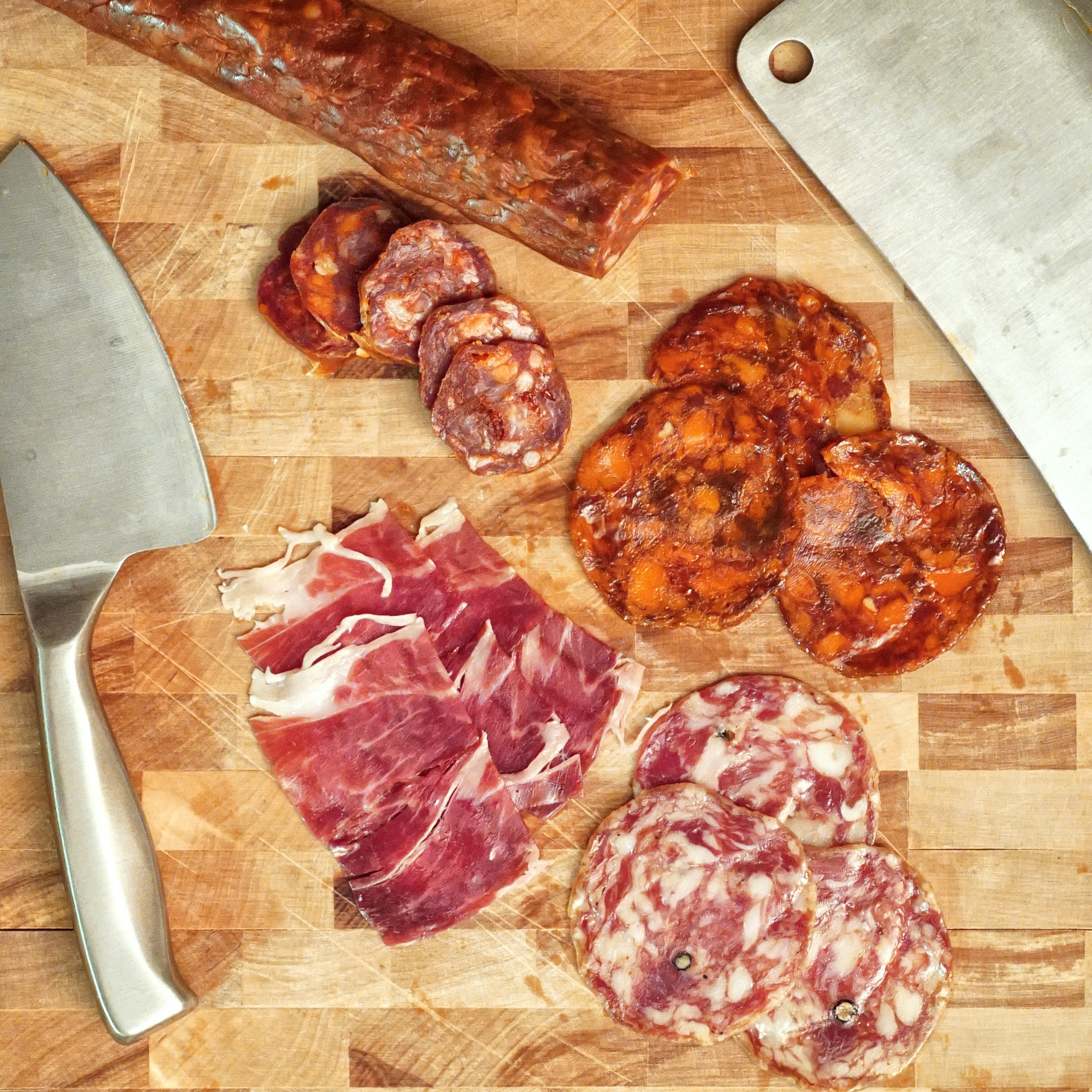
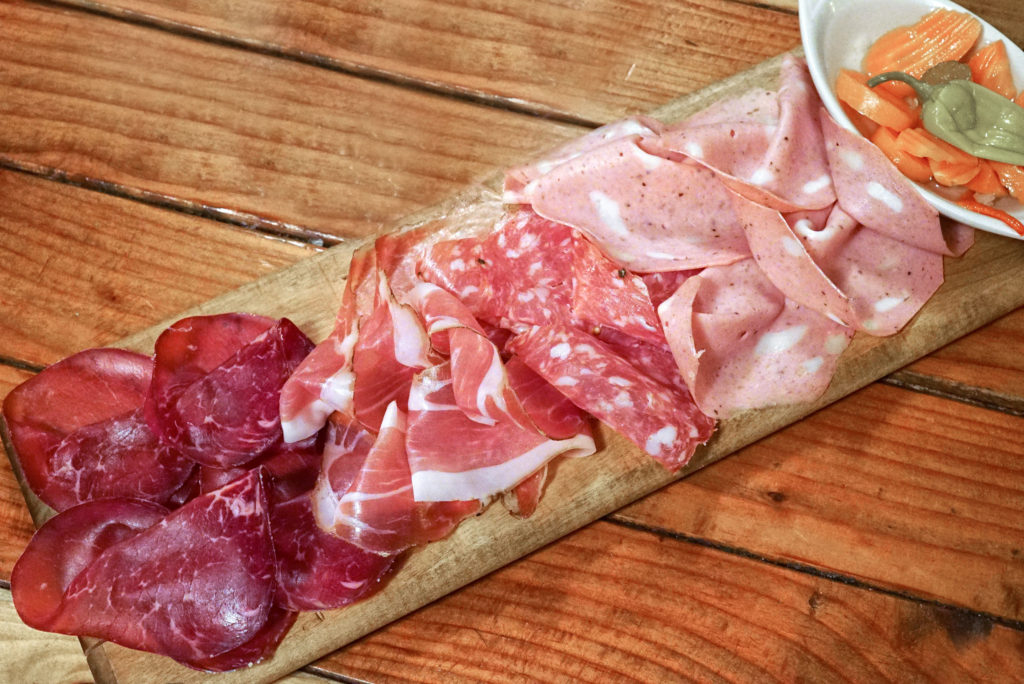
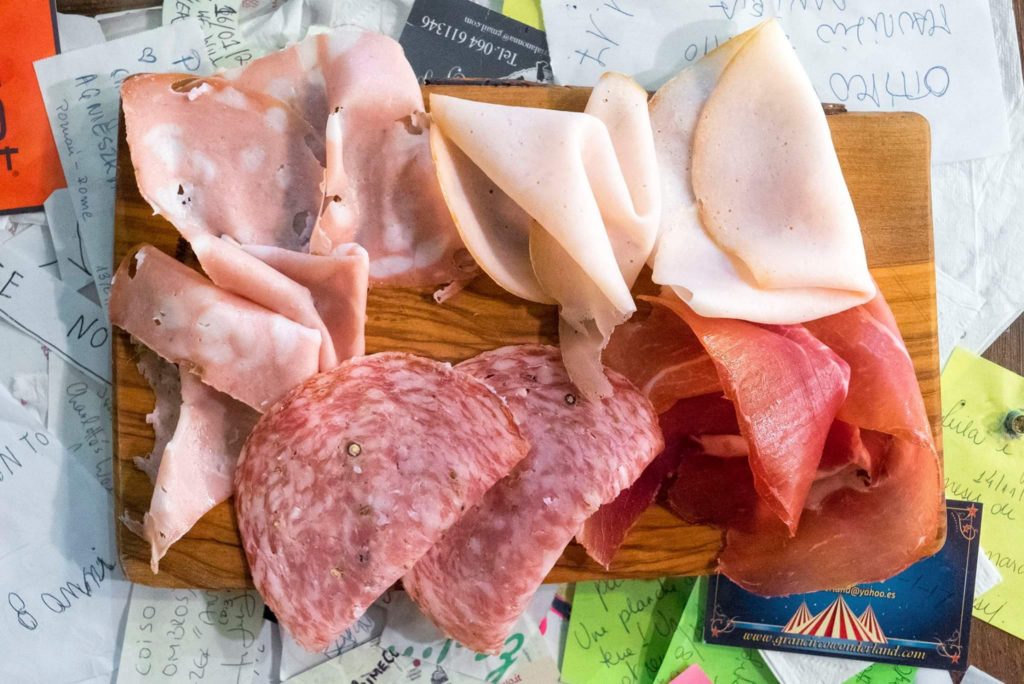
One thing we all love is prosciutto. Prosciutto is a TRUE salume (singular of salumi), meaning it’s a whole cut of animal, usually a leg or shoulder. A leg gets hung to cure, and later it is sliced and eaten.
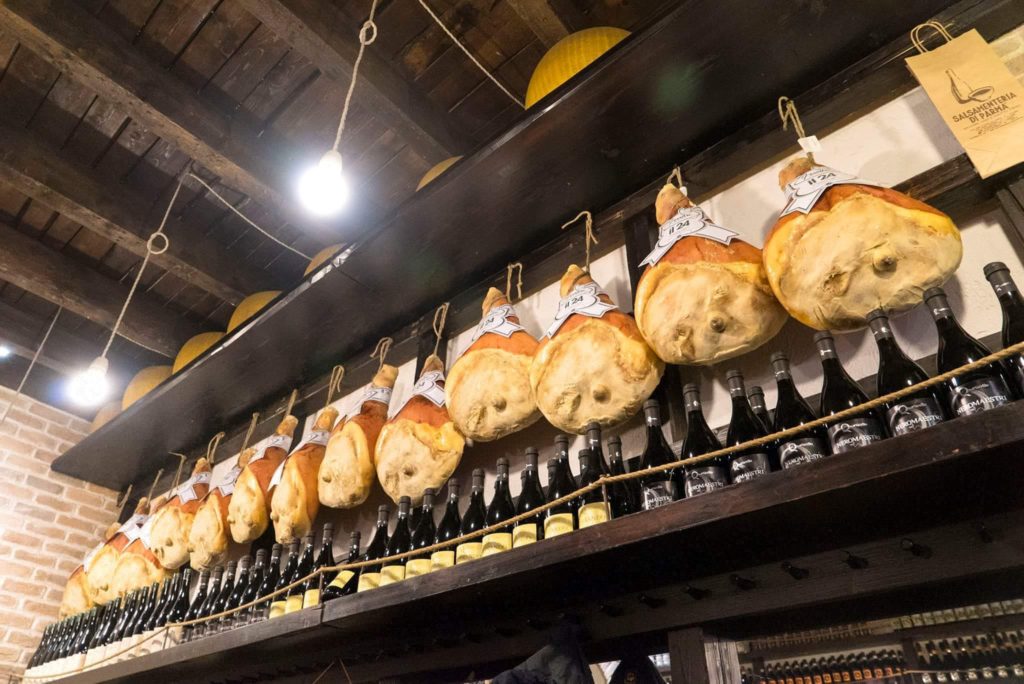
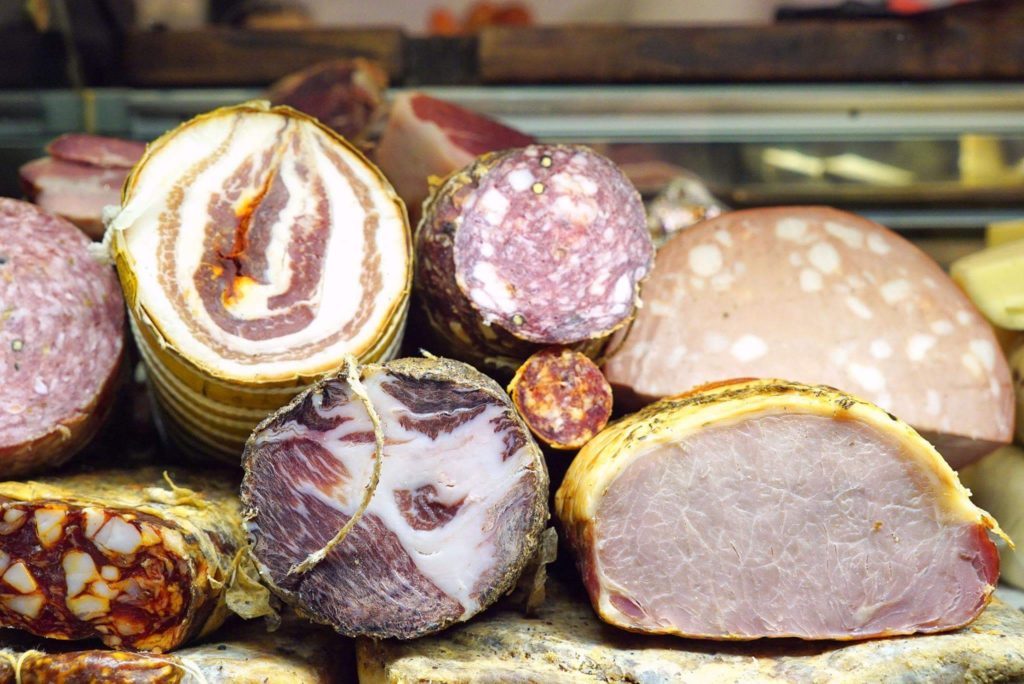
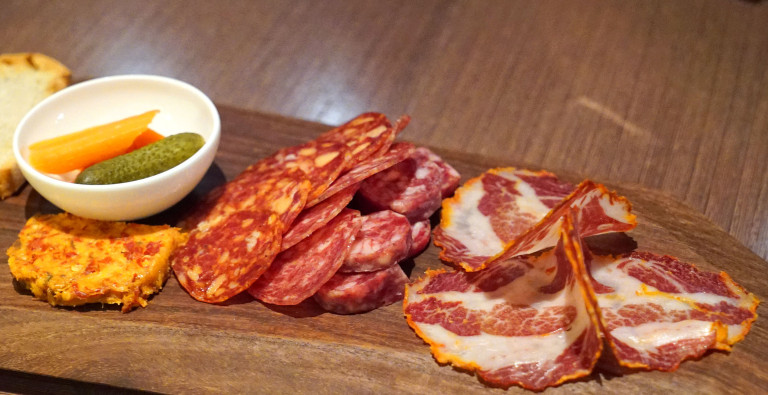
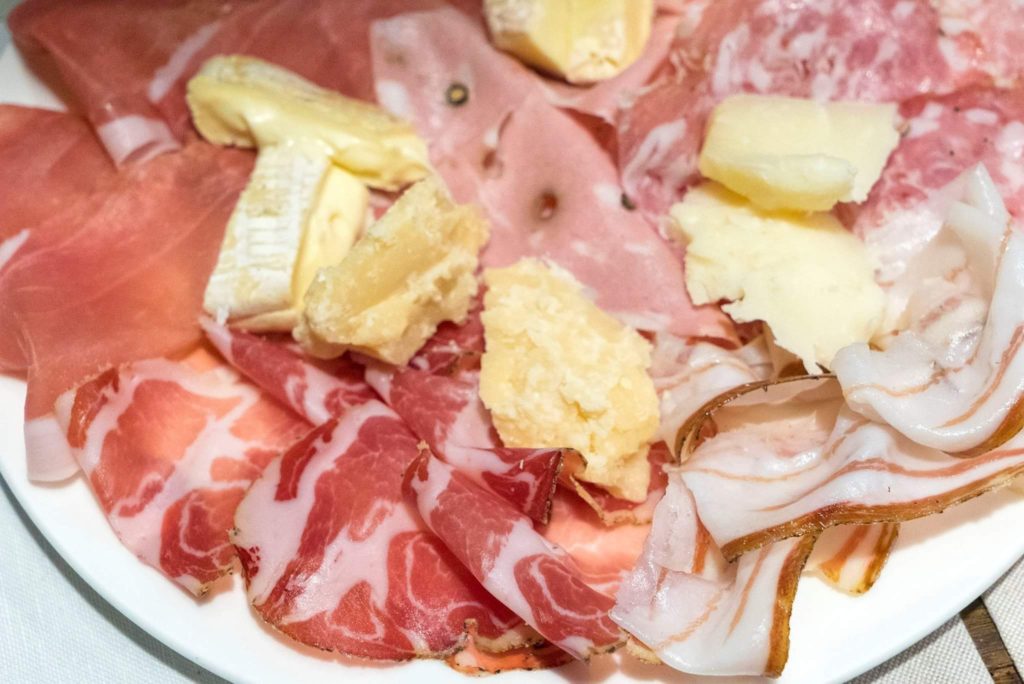
Then there are items that involve ground meat, like salami and salsicce (sausage). Salami are smoked, air dried or salted, and then left to age. Salsicce is either raw or cooked slightly, and is a kind of salame (singular of salami).
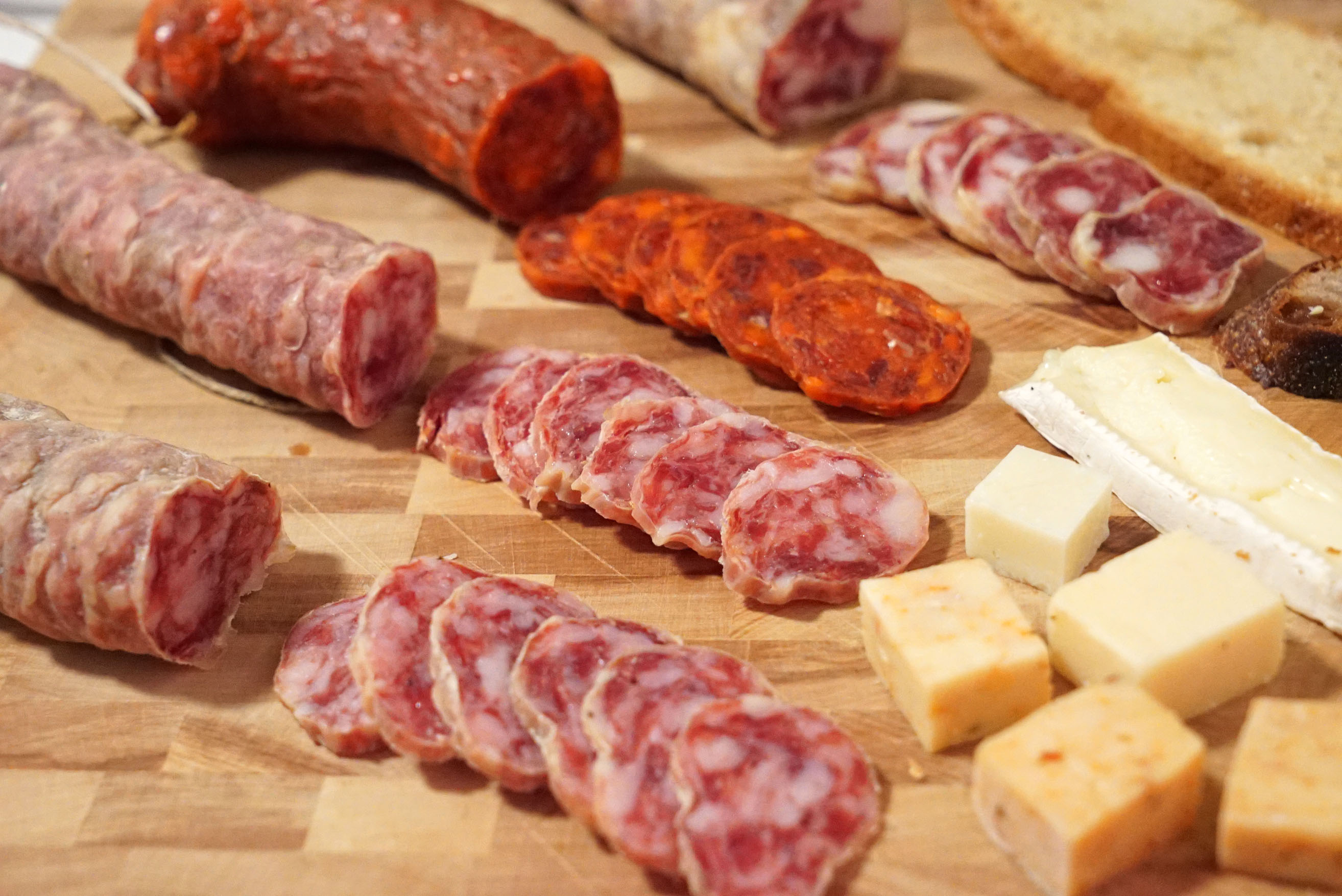
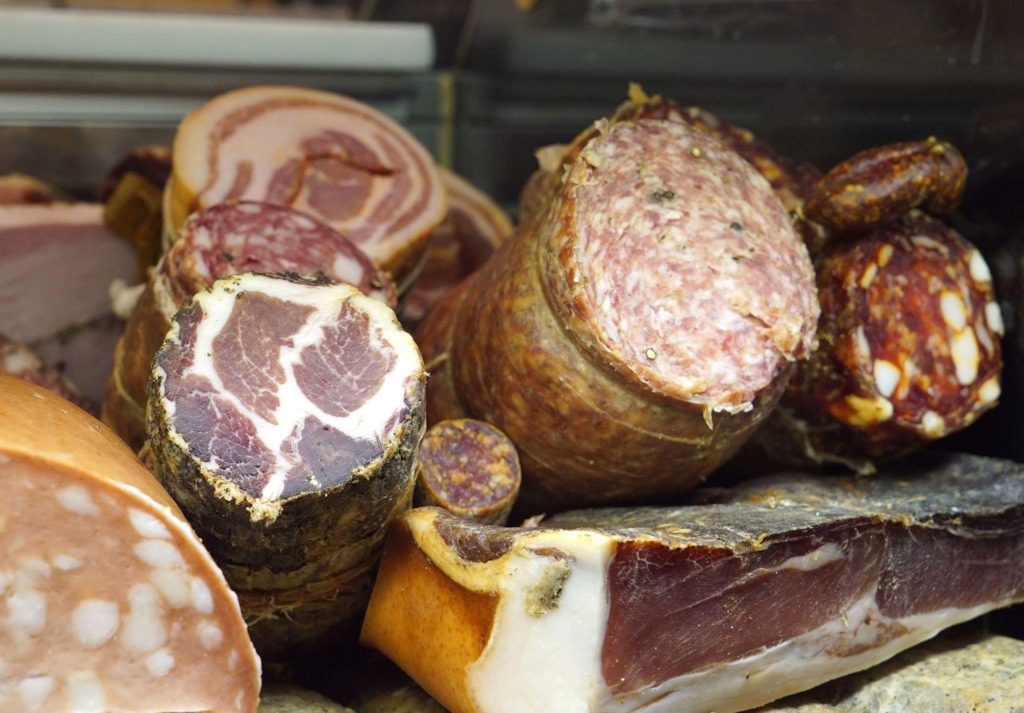
Okay so salumi, salami: is that like potayto, potahto? Nope. Salumi is more of an umbrella term. All salami are salumi, but not all salumi are salami. Get it? Of course you don’t, because it’s fucking confusing. You had to go back and read that twice, didn’t you? I did. Maybe a Venn Diagram will help illustrate the point better:

Okay so let’s ignore the umbrella salumi term, since it’s kind of useless for our purposes here. I’m going to give you some info about the two major types of Italian meats: true salumi and salami.
TRUE SALUMI
As mentioned earlier, these are cured meats that have been made from a whole cut of animal, usually a leg/thigh or shoulder.
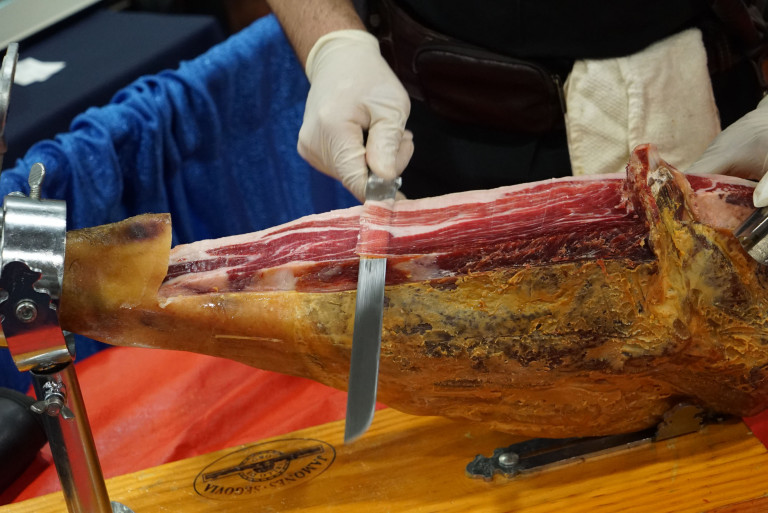
Prosciutto
Prosciutto is a dry-cured leg o’ pig, and is probably the most common salume. These legs actually hang in Italian salumeria shops like decorations. It’s amazing.
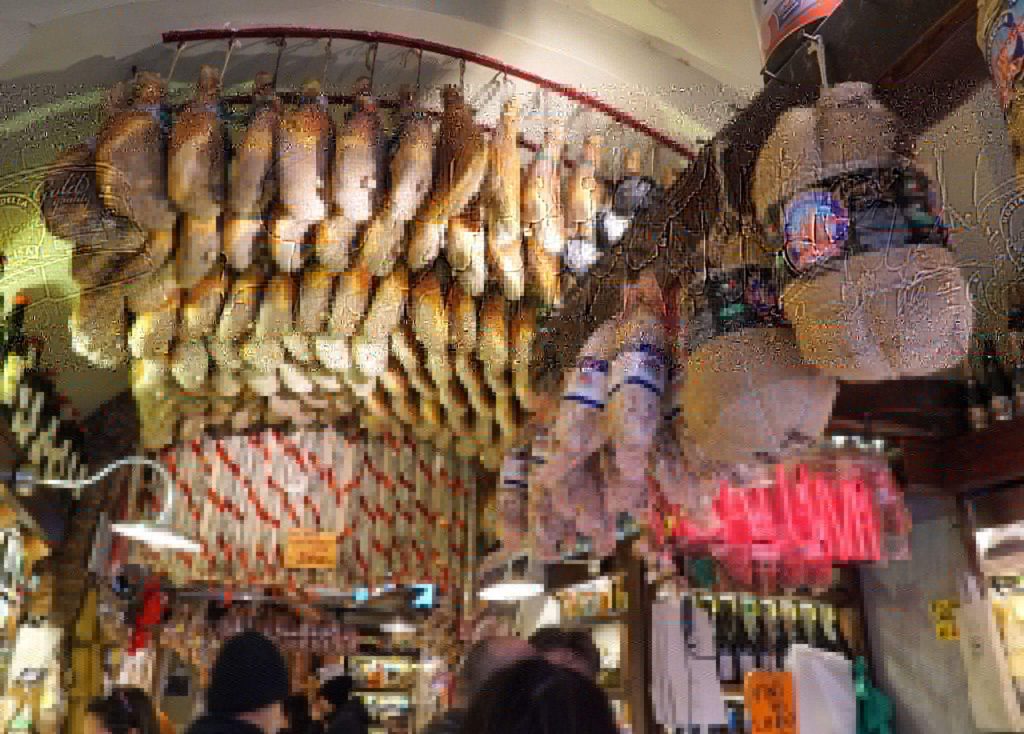
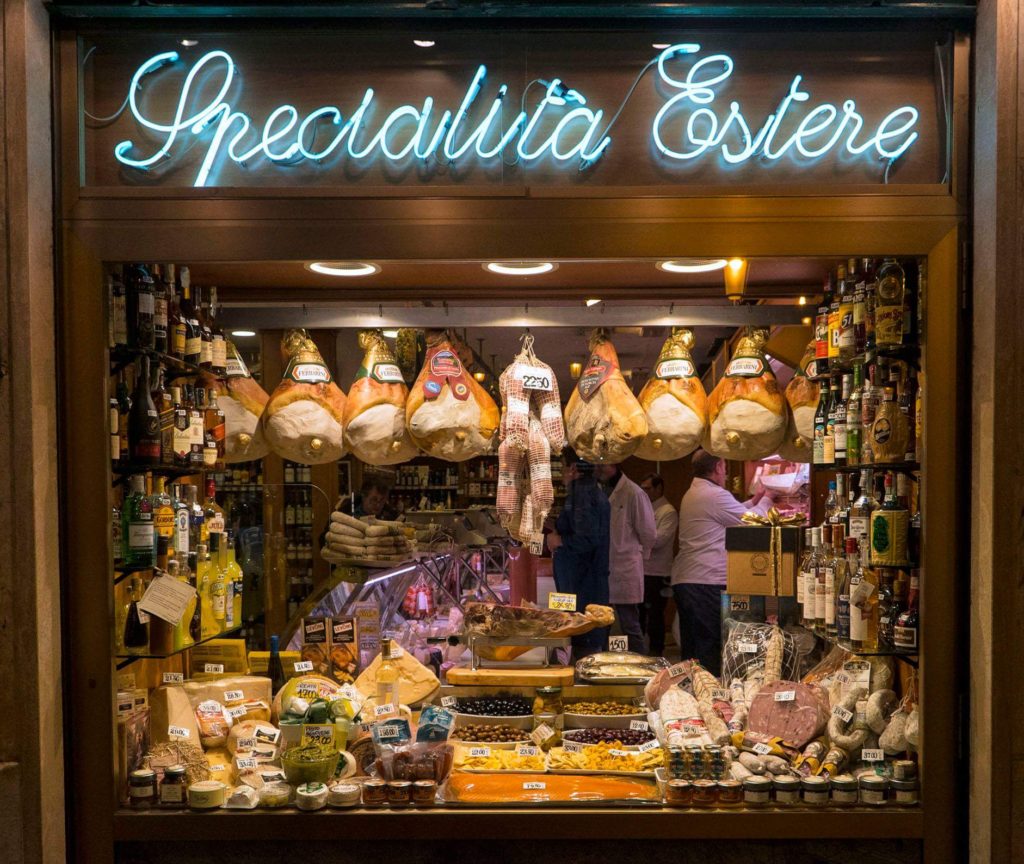
Prosciutto crudo is the uncooked version, while prosciutto cotto is the cooked version.
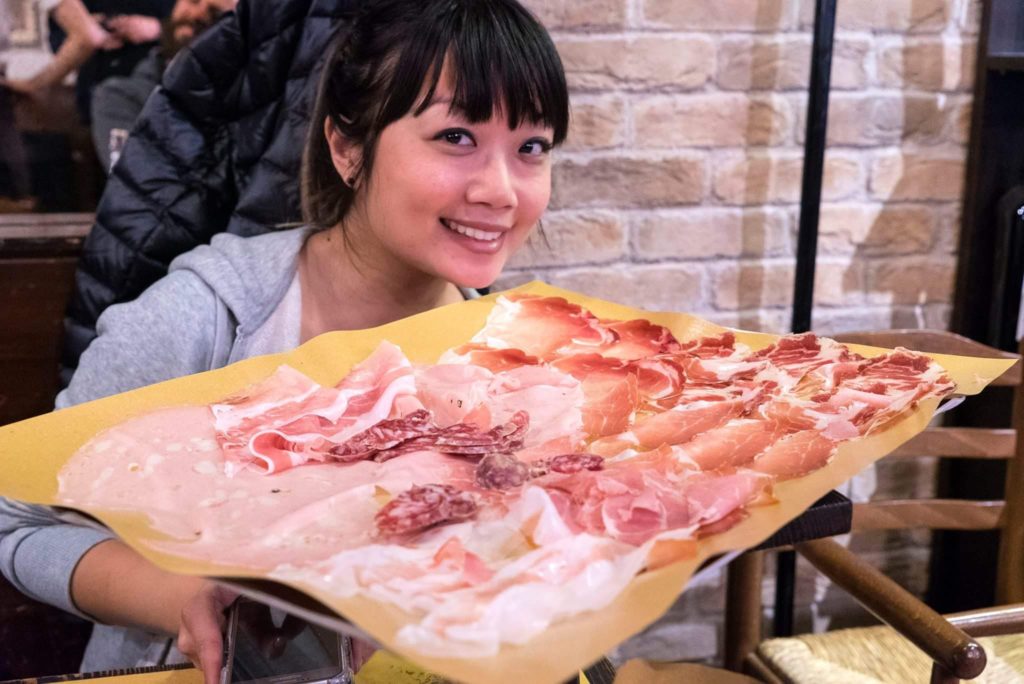
For crudos, you’ll often see differences in the aging time based on the regions in Italy from which the ham hails. For example, Prosciutto di Parma is usually aged about 10-12 months, while San Daniele is 15-18 months. Some regions will age their hams longer, like 24 months, to impart different flavors, increase sweetness levels, etc.
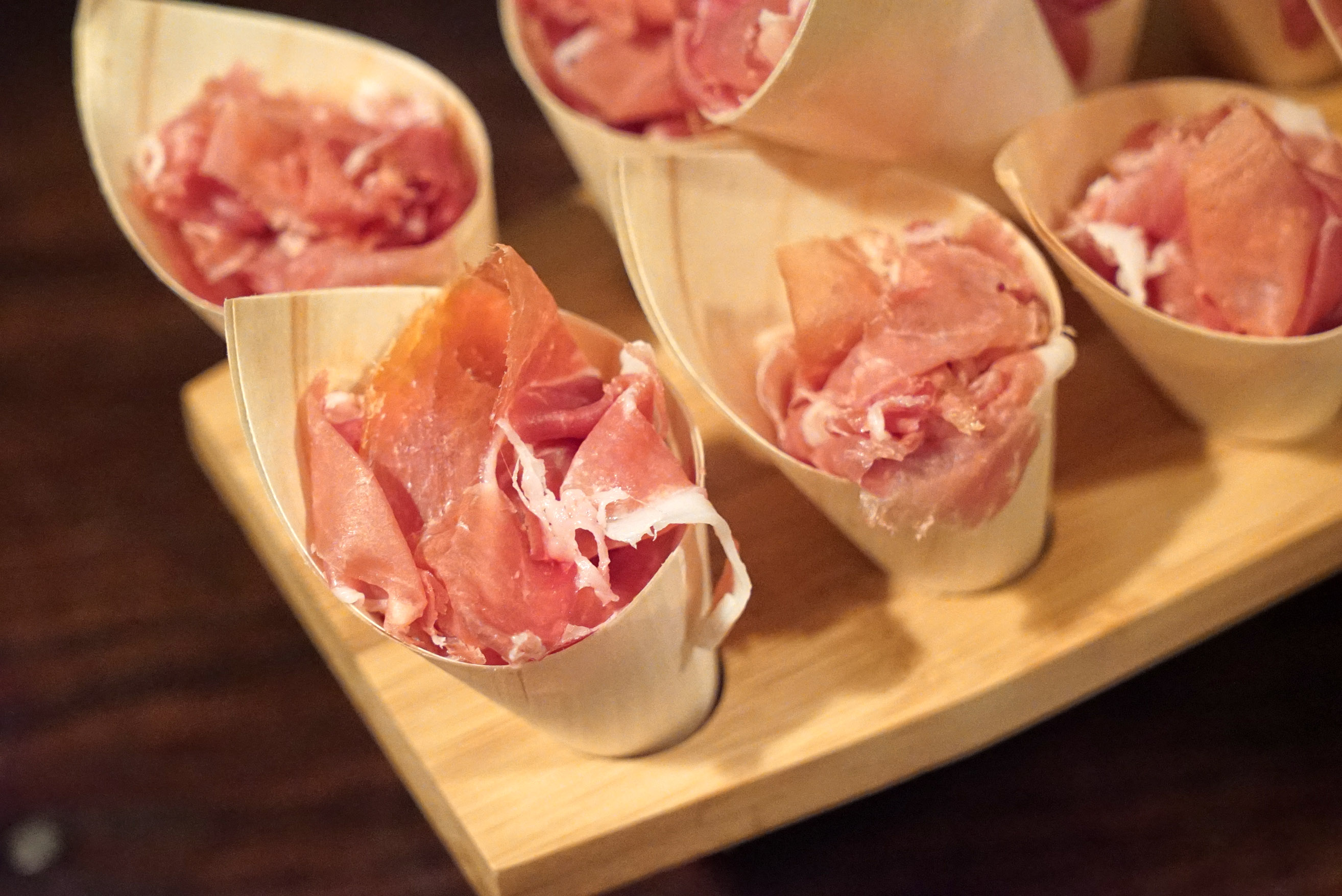
As for prosciutto cotto, think of it like a traditional cooked ham.
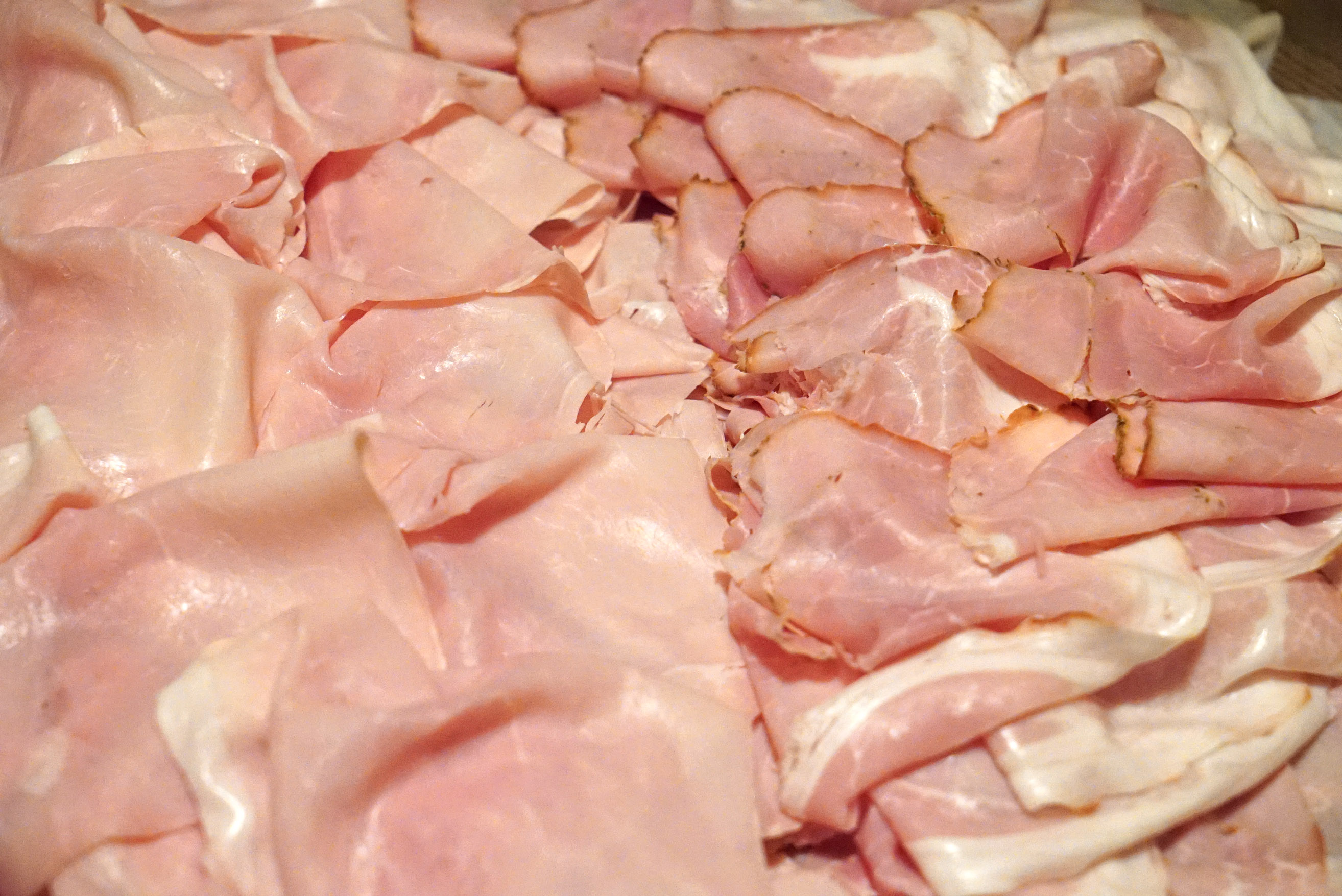
Speck
Speck is a type of prosciutto that’s smoked (as well as dry-salted and aged), so it has a stronger, more unique flavor.
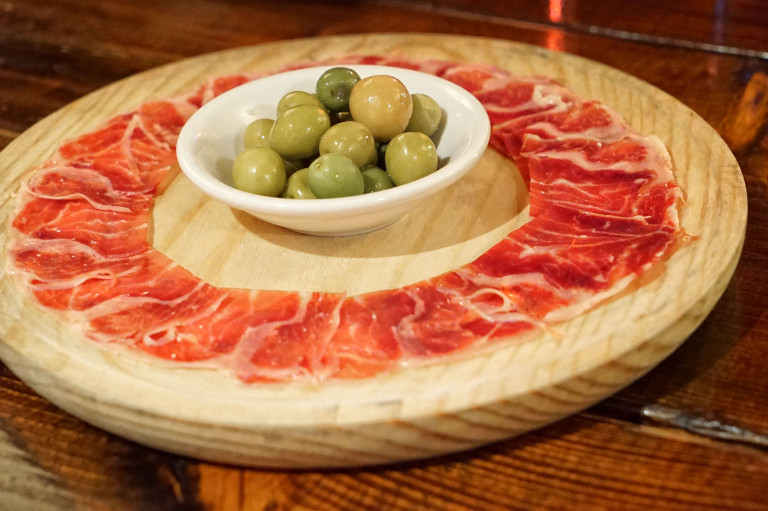
Capocollo
This salume is usually lightly seasoned with garlic, herbs, spices and wine, but the execution differs by region. The meat is then salted, stuffed into a natural casing, and hung for up to six months to cure. The meat itself is whole muscle from the neck and shoulder areas, so it is a salume despite being stuffed into a casing.
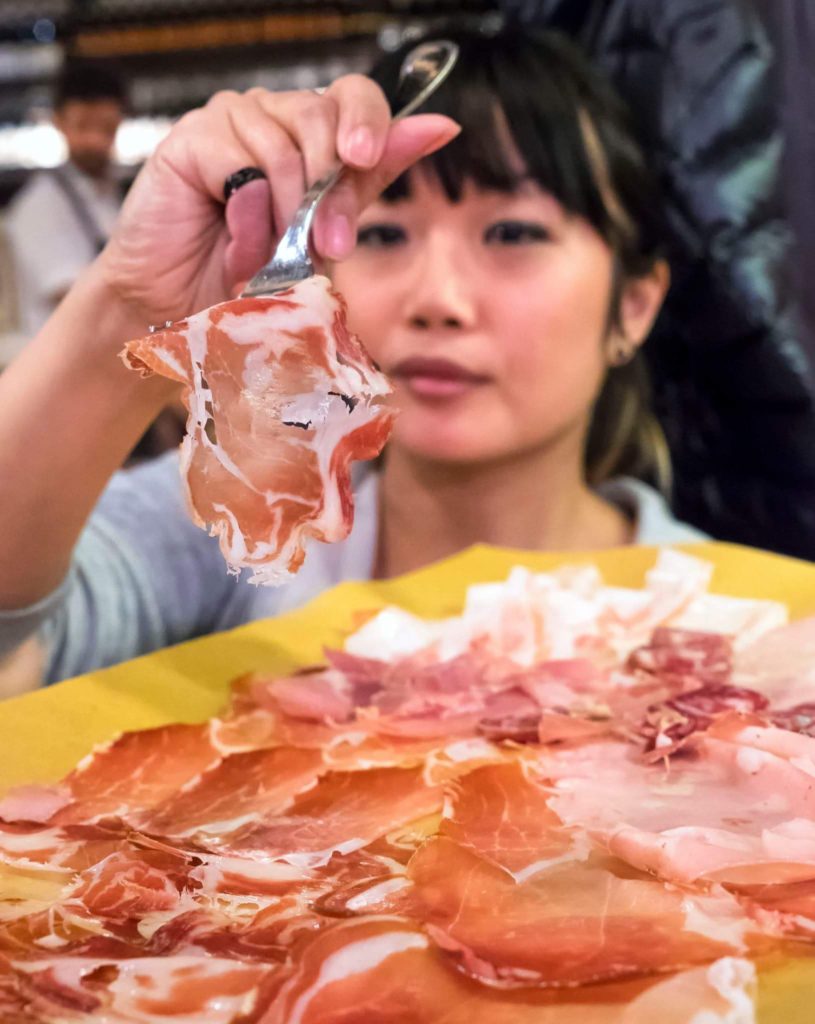
Fun side note: You may have seen capocollo spelled coppa, capicollo, capicola or capicolla. It’s even referred to as “gaba-gool” by NY/NJ area Italians and the show The Sopranos (or in this case, MadTV):
Pancetta
This is Italian pork belly (bacon). It’s usually cured and sometimes spiced. They slice it thin and eat it like cold cuts over in Italy. While technically not the same, you will often see pancetta swapped out with guanciale (pork cheek) or lardo (pure fat) in many Italian dishes that traditionally call for pancetta.

Bresaola
Bresaola is a cured, lean cut of beef, often times filet mignon.
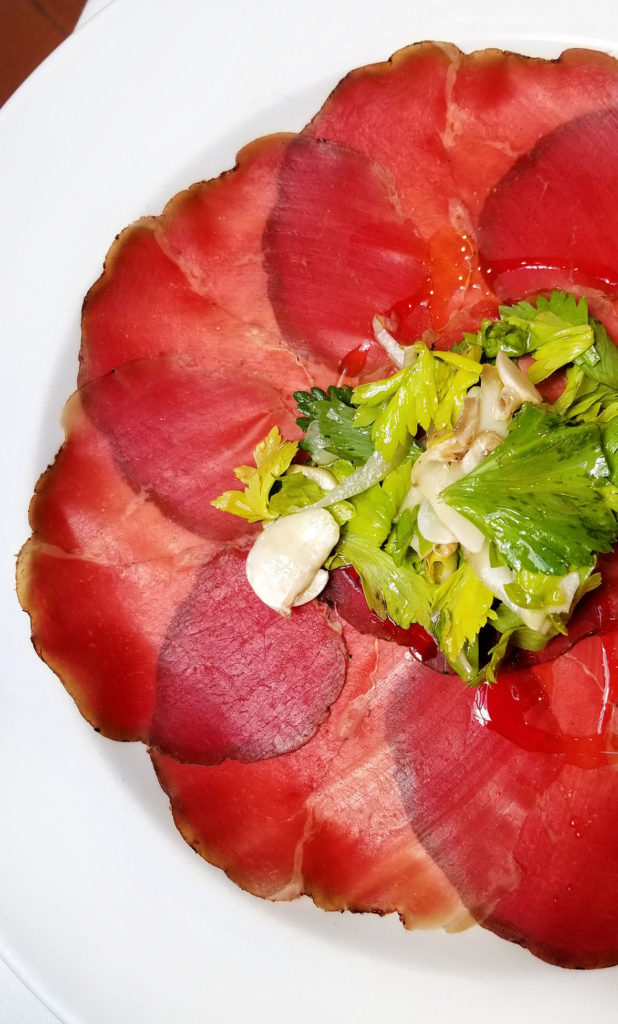
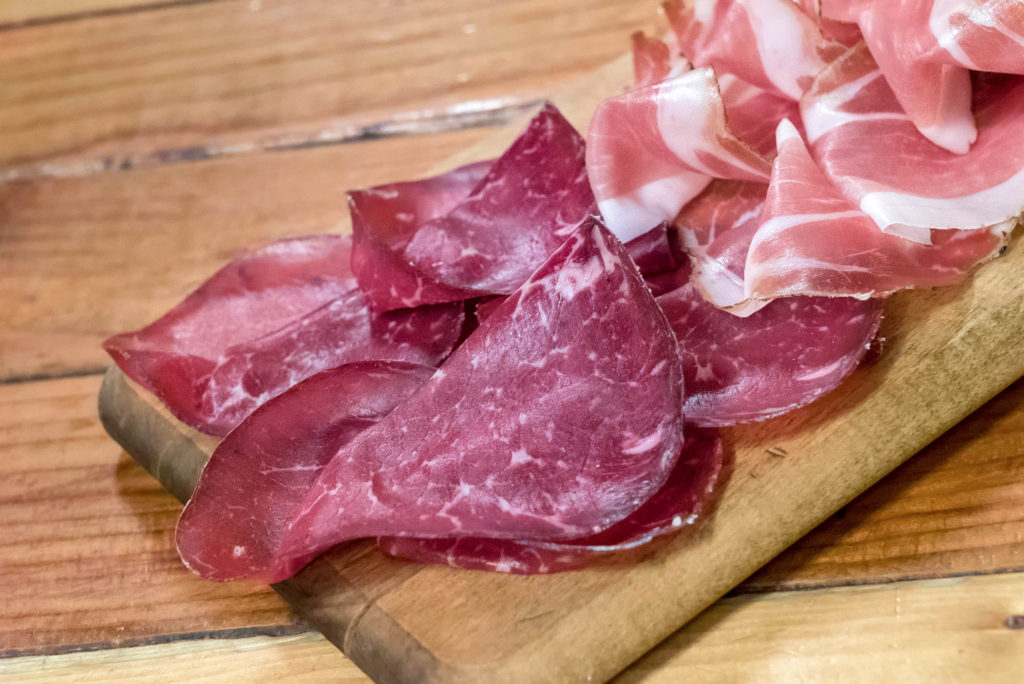
You can see it here in my wife’s video from a salumi shop in Rome called La Prosciutteria, which I refer to as fucking heaven. There are a few selections of bresaola across the top right, immediately as the video begins:
Think of it like beef carpaccio, only salted, spiced and air dried rather than sliced raw.
Porchetta
While this may not necessarily be a salume, it is very often found in Salumeria shops throughout Italy. With that said, and the fact that this shit is delicious as fuck, I figured I’d mention it here.
Porchetta is a savory, fatty, and moist “pork roll.” It’s essentially a boneless pork roast whereby the pig is gutted, de-boned, arranged carefully with layers of stuffing, then rolled, wrapped in skin, and spit-roasted over a flame. Stuffing usually includes rosemary, fennel, garlic and other herbs, and porchetta is usually heavily salted.
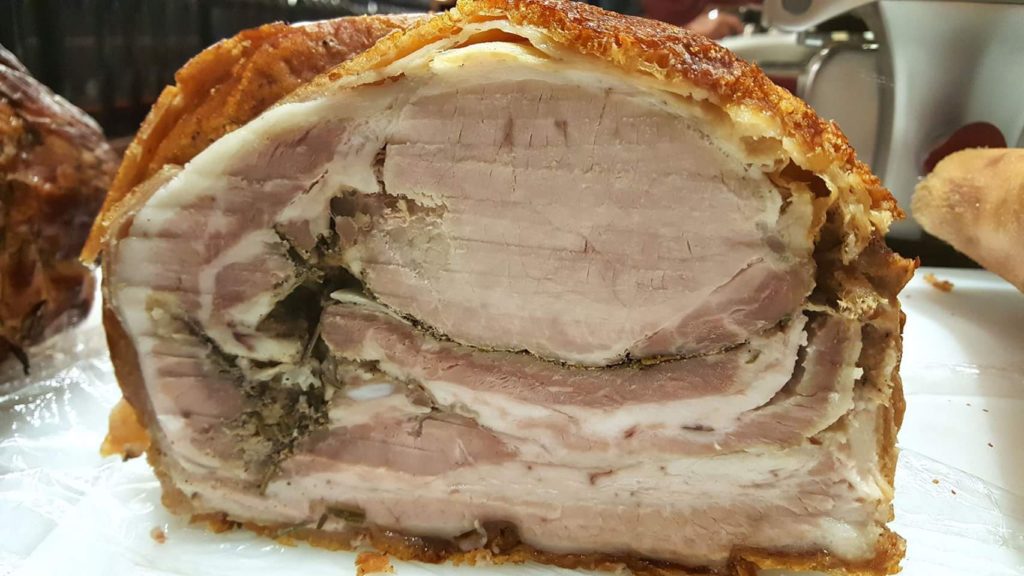
It is typically served hot, cut thick, and eaten like a main course dish with a fork and knife. However it’s also common to see it sliced thinly after cooling. It’s then put into sandwiches or served on wooden meat board platters like the other salumi discussed above.
SALAMI
Okay, so a recap: Salami are ground meat, encased products that are smoked, air dried or salted, and then left to age.
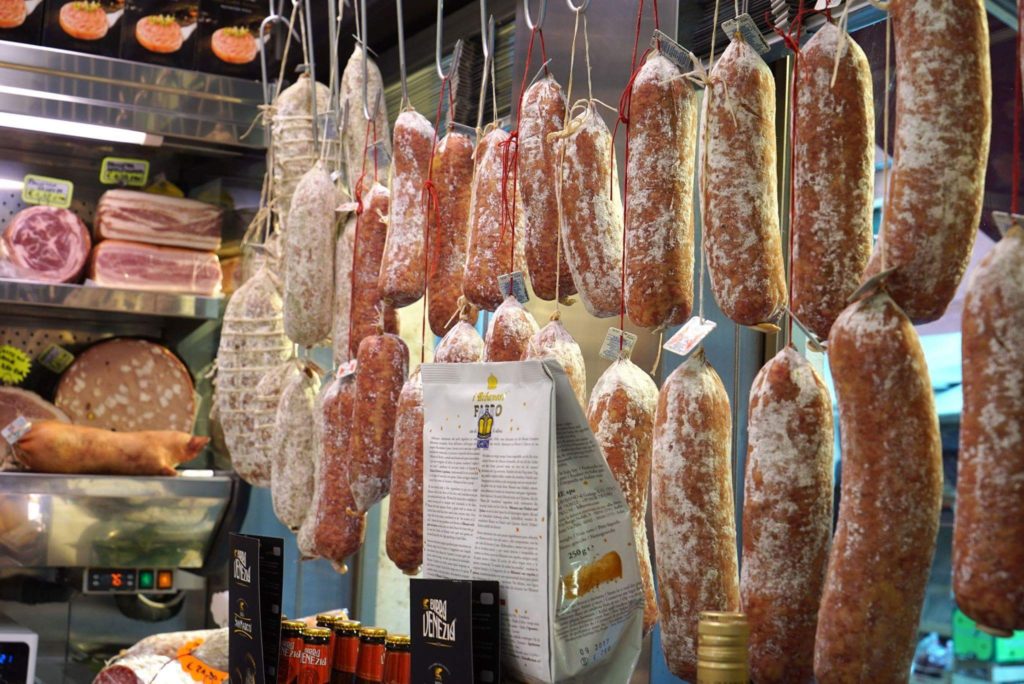
If you’ve ever eaten an Italian hero, you’ve eaten some of these meats. Ingredients and parts can vary. In some cases you may even see non-pig versions, like venison or elk. In Venice, I even saw horse salami:
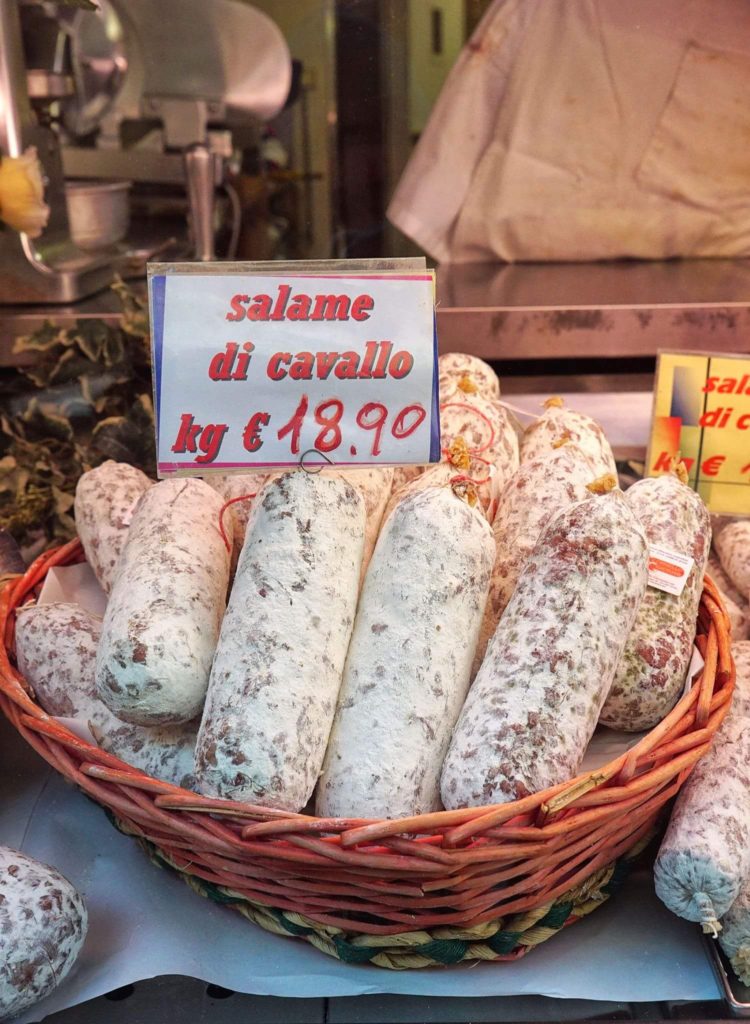
Regional Salami
Salami varies greatly by region. In some areas of Italy, the meat is finely ground with tiny flecks of fat visible.
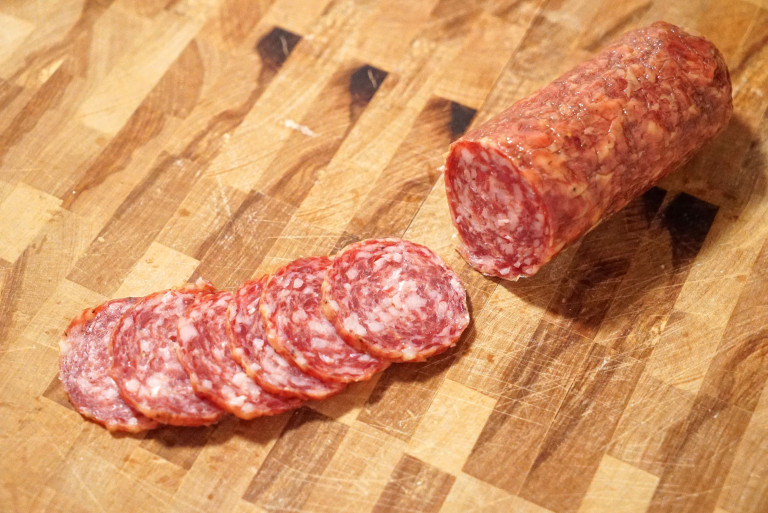
Other regions use a more coarse grind, use larger chunks of fat, or add spices and herbs.
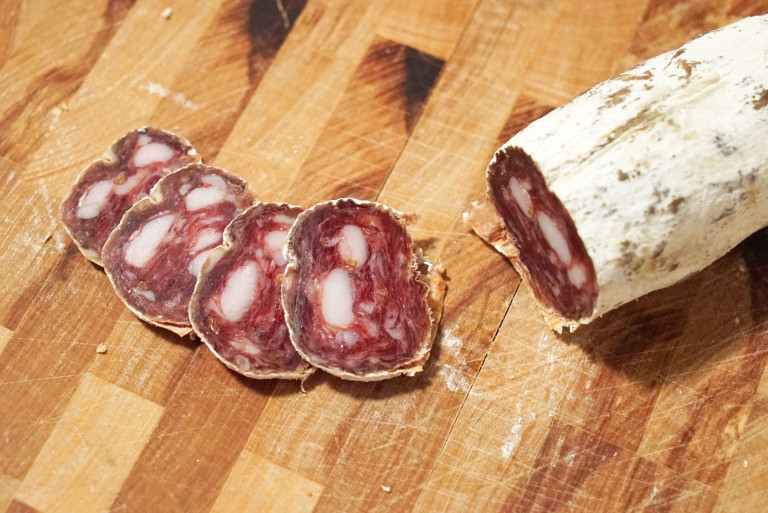
My favorite varieties are the ones in which truffles are added.
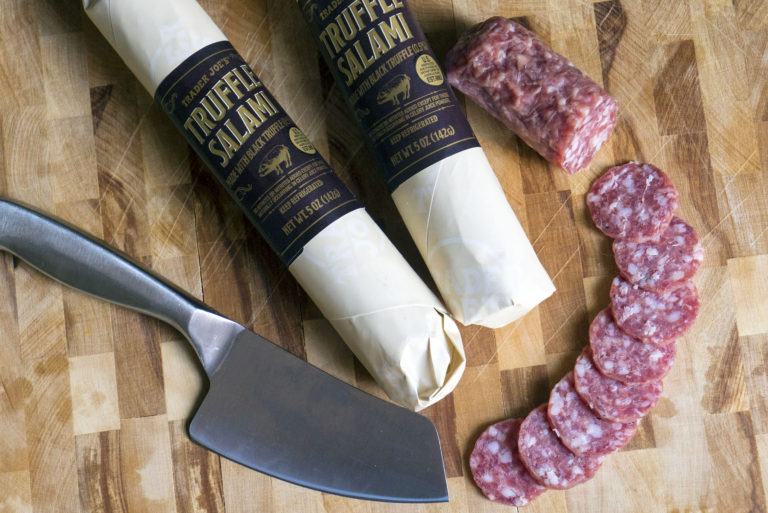
Salame Piccante
The pepperoncino pepper is a mildly spicy variety of chili pepper. That pepper is what makes a salame “piccante” (spicy), as it is mixed up into the grind when making salami piccante. In the US, salami piccante is typically called “pepperoni.” However, in Italian, the word “pepperoni” actually means “bell peppers.”
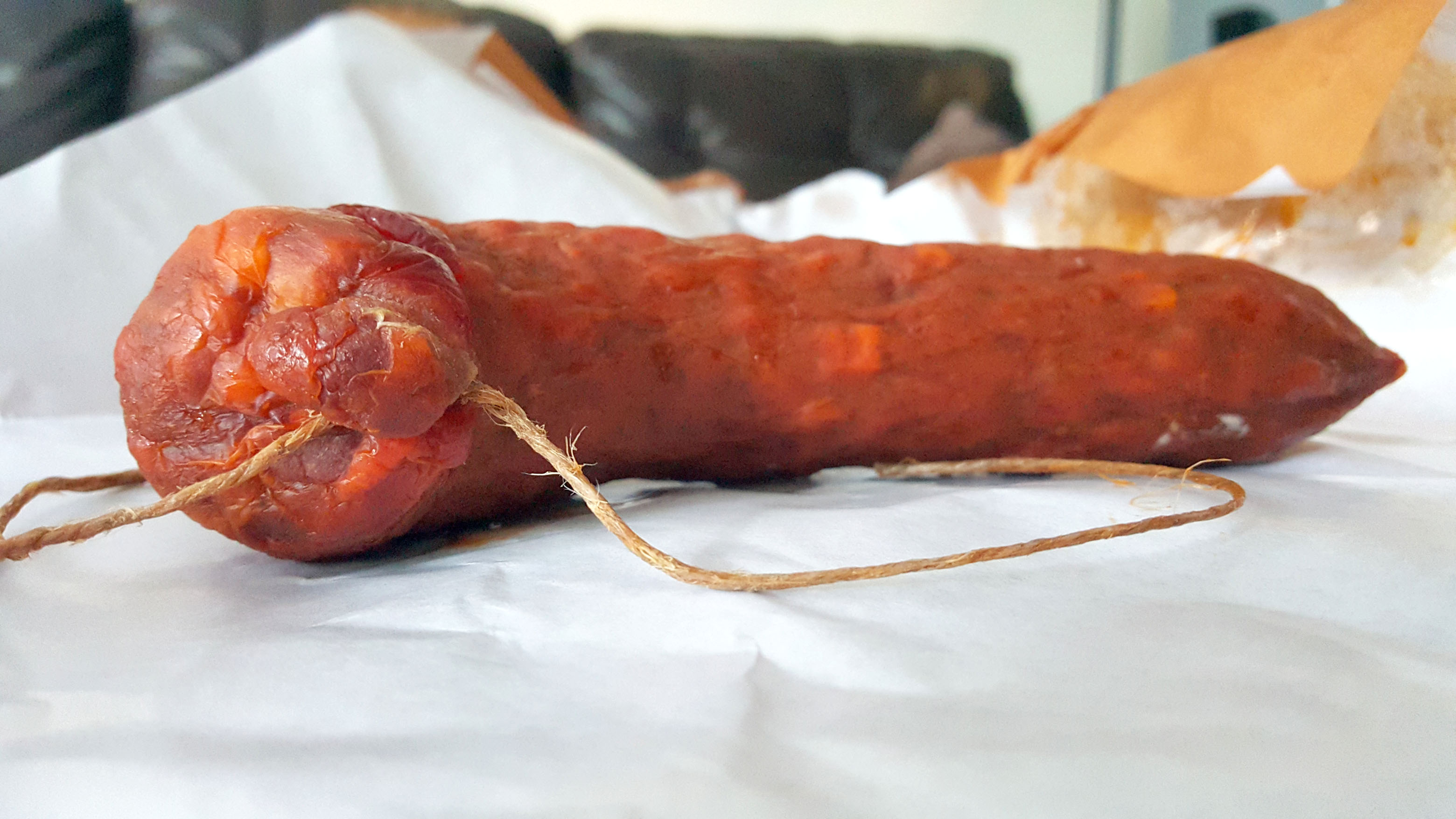
Soppressata
Soppressata also varies by region and exists in different sizes and shapes, but the spice level and red coloring are both universal traits. It is almost always more coarsely ground than salami.
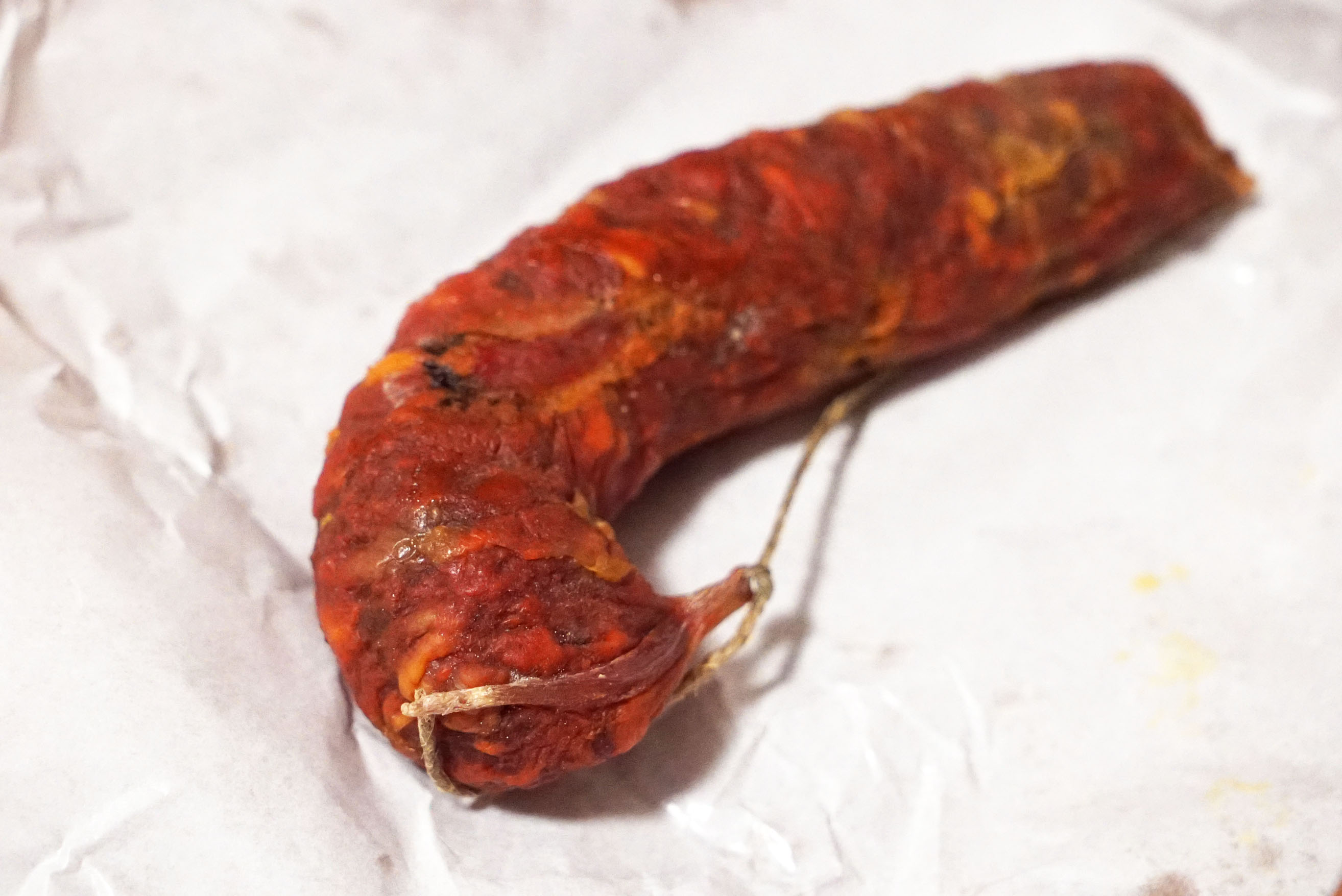
All that said, one can still find varieties of soppressata that aren’t quite as “hot.” While these pictures show a thinner chub, the most common forms I have seen were thicker, like three or four inches in diameter (like a giant’s penis).
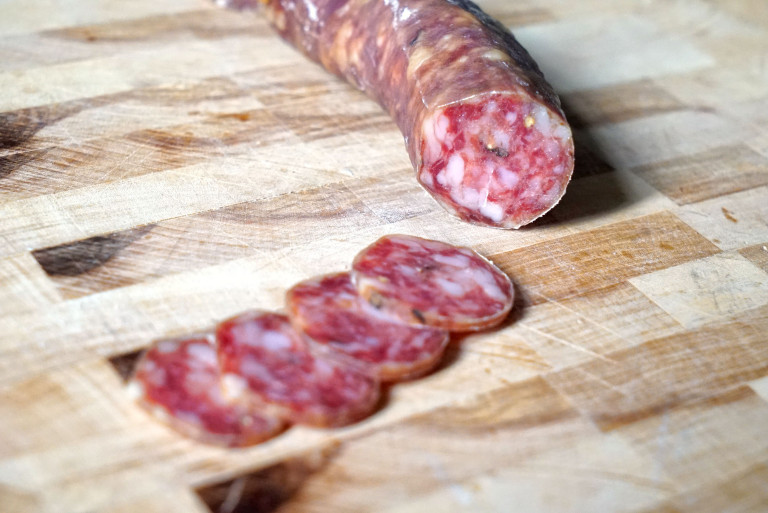
‘Nduja
This delicious shit generally comes from southern Italy. It’s an aged, spicy, spreadable salami “paste” that’s made from various parts of a pig. The spice levels are pretty hot in this product, and since it’s so soft, it is often spread onto bread like butter, or thrown into tomato-based sauces to kick them up a little bit.
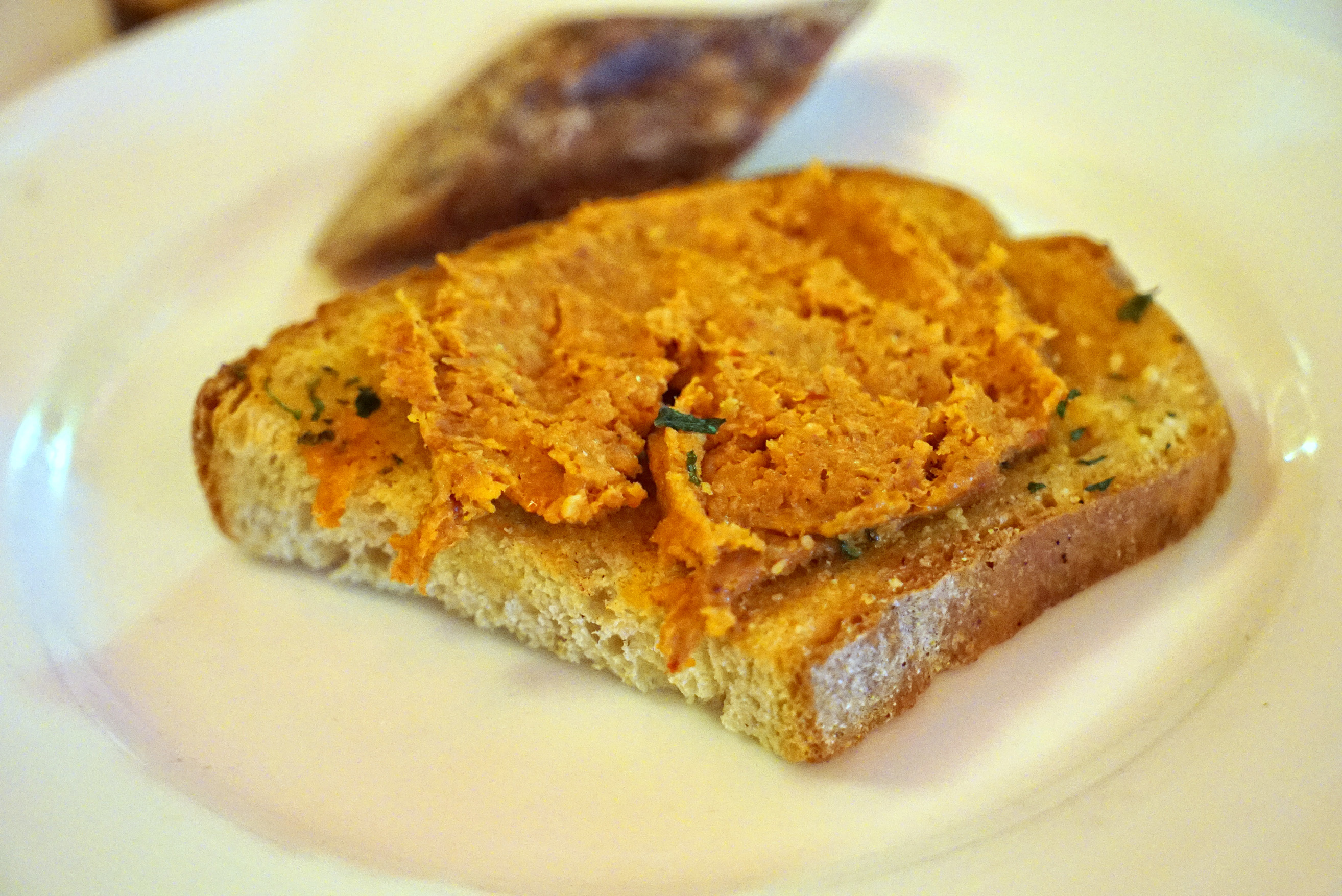
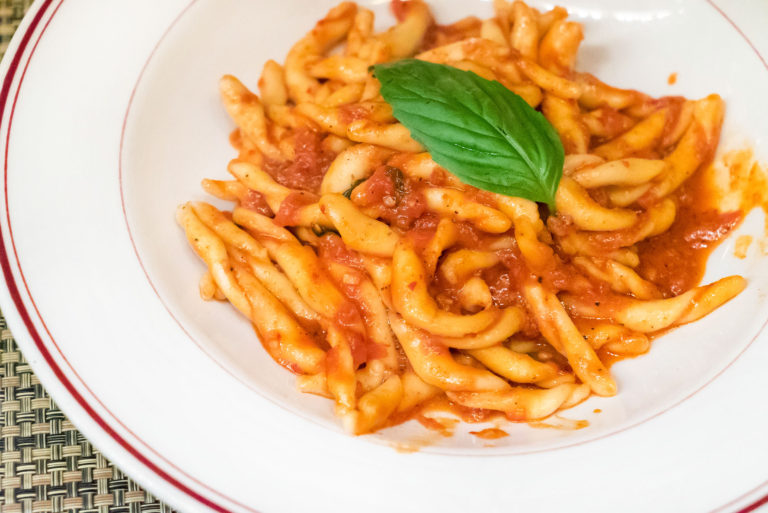
Mortadella
This might be my favorite of the lot, and that’s a bonus for me, because it is usually the cheapest to buy in stores. The meat itself is similar to bologna in texture (in fact it IS bologna, since it hails from the town of Bologna). It’s extra finely ground (almost like it was processed by machine) heat-cured pork, which incorporates small cubes of pork lard.
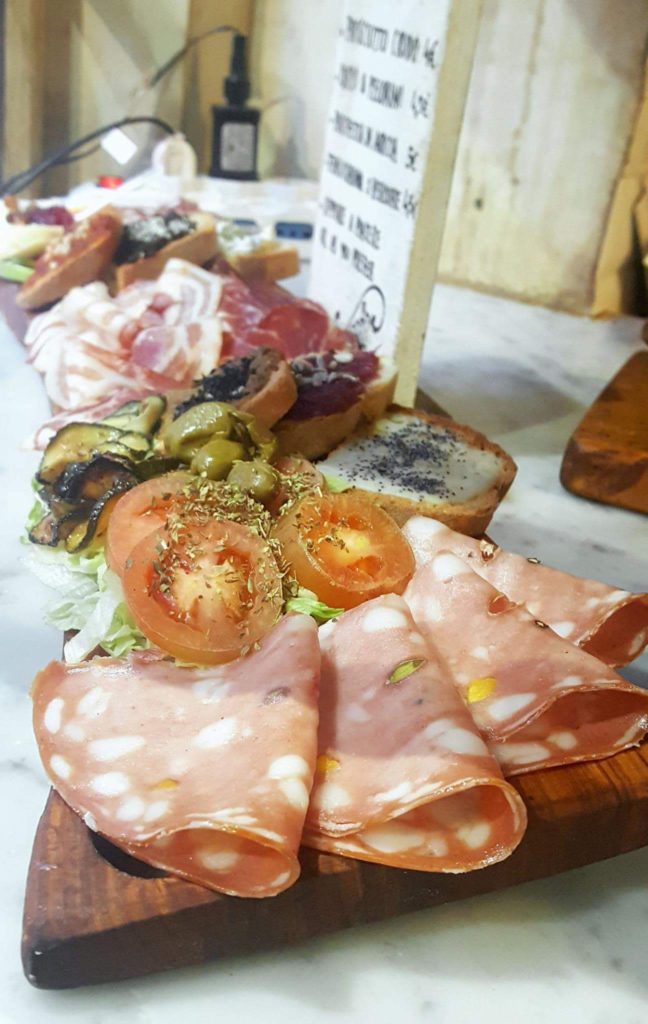
I think mortadella is more smooth and soft than standard bologna here in the US, and it has a real porky flavor. Sometimes truffles, pistachios, olives and garlic are added for flavoring as well. Those are the best kinds. Also, lots of times these meats are formed into HUGE logs that are upwards of a foot in diameter.
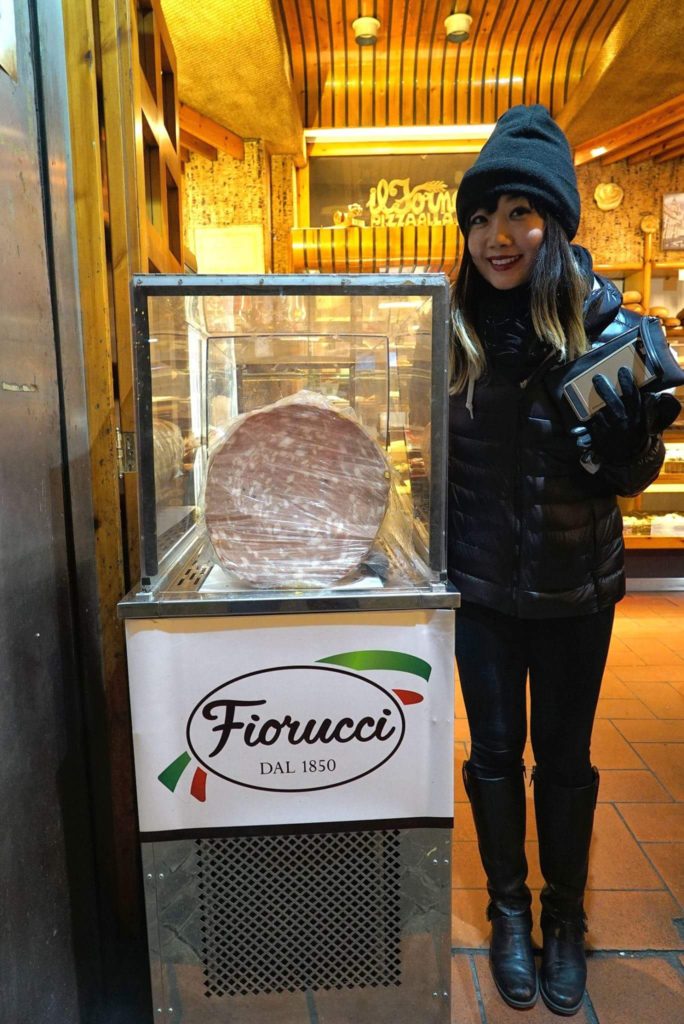
Salsicce
Sausage party! The main difference here is mainly that, most times, salsicce is raw, uncured, or un-aged and needs to be cooked prior to eating. But some sausages are smoked and, thus, can be eaten as-is (like a hot dog or kielbasa).
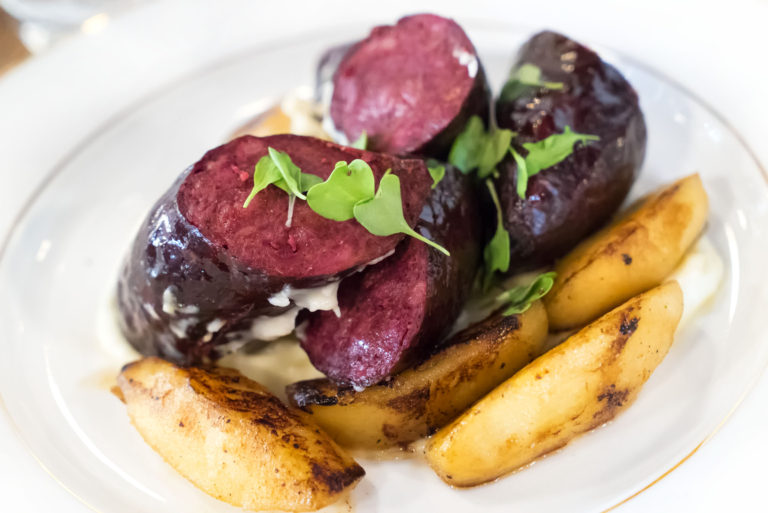
So that about covers most of the common types of salumi you’ll see out there. I hope this information was helpful. If it wasn’t, then I should add that I don’t really give a fuck. Either way, go forth and eat this delicious meat. It will make you happy.
